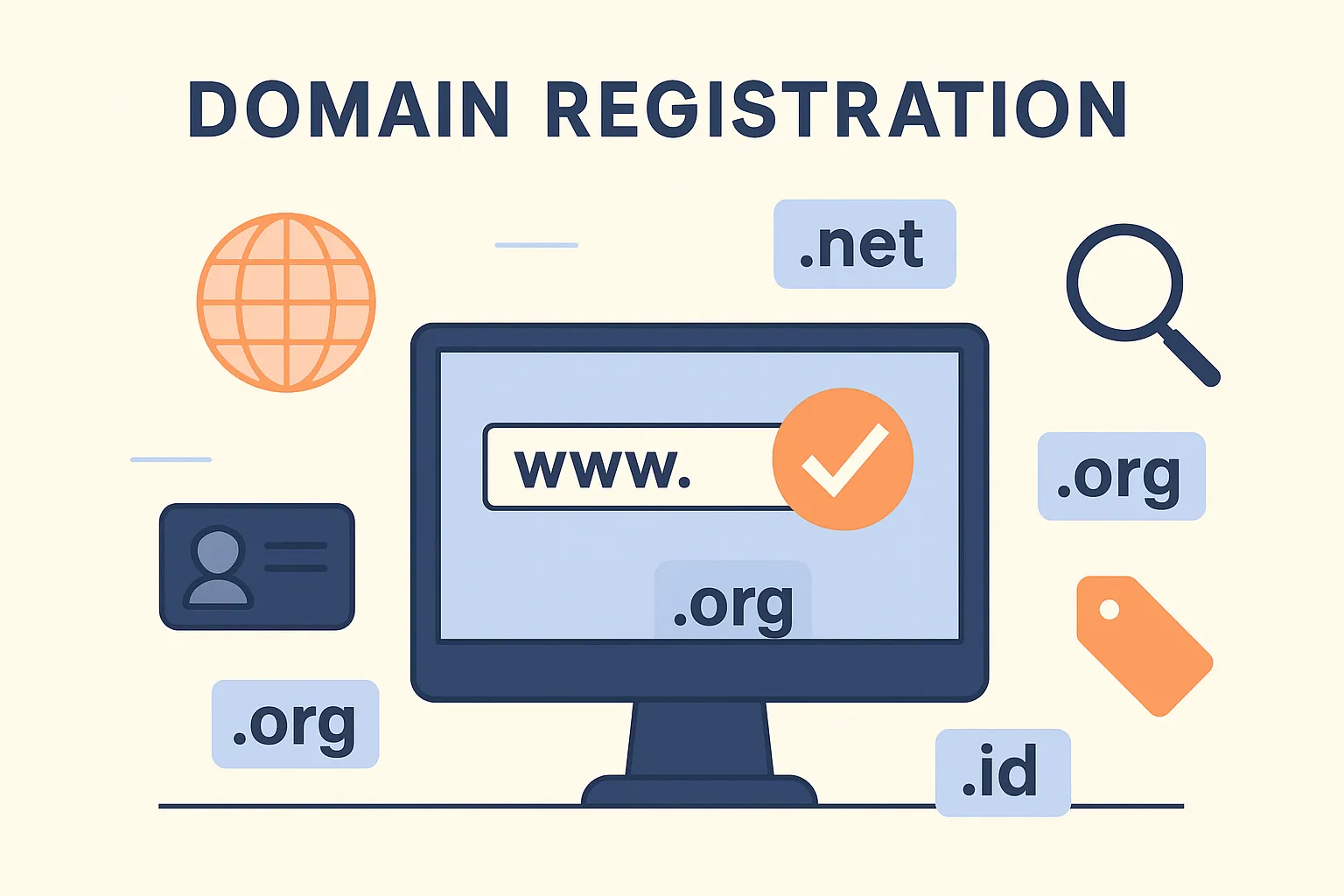The Impact of Blockchain Domains on Online Security

A secure online identity starts with a trusted domain. Blockchain domains, stored on public ledgers, promise stronger control and fewer points of failure. For Indian startups and enterprises, the practical question is clear: do these domains improve security, or simply shift risks that must be managed? Read on to know more about blockchain domains and their impacts.
Overview
A traditional domain lives inside the global DNS and follows a predictable domain life cycle: registration, active use, renewal, expiry, grace or redemption, and deletion. Control sits with accounts held at registrars, and policy enforcement happens through central authorities.
A blockchain domain is recorded in a smart contract and controlled with a private key. Updates are transparent, and once confirmed, records are hard to tamper with. Resolution happens through native browser support, extensions, or DNS gateways, which connect websites, wallets, and storage to the same name.
Security Advantages
Here are the key benefits you get as for security:
- Tamper resistance and real ownership: Records anchored on a blockchain are difficult to alter without the owner’s key. This lowers the risk of registrar account takeover, DNS cache poisoning, or unauthorised nameserver changes.
- Stronger anti spoofing signals. Because updates are signed, users and security tools can verify that the legitimate owner set content, wallets, and certificates. This raises the cost of phishing that relies on stealthy record swaps.
- Privacy with control. Public WHOIS style exposure is limited. Teams can choose what to publish, and they can add multi signature wallets or hardware keys for layered defence that travels with the domain.
Risks and Operational Realities
Here are the key risks and expectations you should be aware of:
- Irreversibility and key loss: If the controlling key is lost or stolen, recovery may be impossible. Enterprises need key escrow, role separation, and tested rotation plans.
- Fragmented ecosystem: Naming systems are not fully interoperable. Some browsers do not resolve them natively, so teams add DNS gateways, which reintroduce central points that weaken the benefits.
- Policy and takedown gaps: DNS provides mature paths for abuse handling, trademarks, and court orders. Decentralised naming lacks uniform remedies, which can complicate compliance for regulated Indian sectors.
- Performance and cost: On-chain writes are slower and require gas fees. For frequent changes, prefer off chain signing with periodic on chain anchoring, or a hybrid DNS model.
Integrating With the Domain Life Cycle
Familiar stages of the domain life cycle:
- Acquisition: verify the protocol, audited contracts, and vendor security. Use reputable custodians for enterprise keys.
- Active use: anchor critical records, publish TXT proofs, and monitor look alike registrations across DNS and decentralised spaces.
- Renewal and retention: some domains are perpetual, others require renewals. Align reviews with your DNS assets to avoid drift.
- Expiry and grace: understand grace and redemption rules on chain. Add reminders to your risk calendar.
- Decommission: rotate keys, remove records, and archive signed proofs for future audits.
Start hybrid. Keep your primary DNS domain for universal reach, then secure a matching blockchain domain to reduce brand abuse and enable wallet verified support, tokenised receipts, or loyalty programs. Use India based CDNs and TLS with HSTS. Publish a verification page that signs a statement from both domains, so customers can cross check ownership before paying or sharing data.
Conclusion
Blockchain domains can harden ownership, slow spoofing, and add cryptographic proof to routine web operations. They also demand disciplined key management and careful integration with the domain life cycle. Treat them as a security enhancer, not a silver bullet. Begin with a hybrid rollout, document controls, and train teams and customers. Done well, the domain remains the anchor, and the blockchain becomes a durable lock on the front door.
